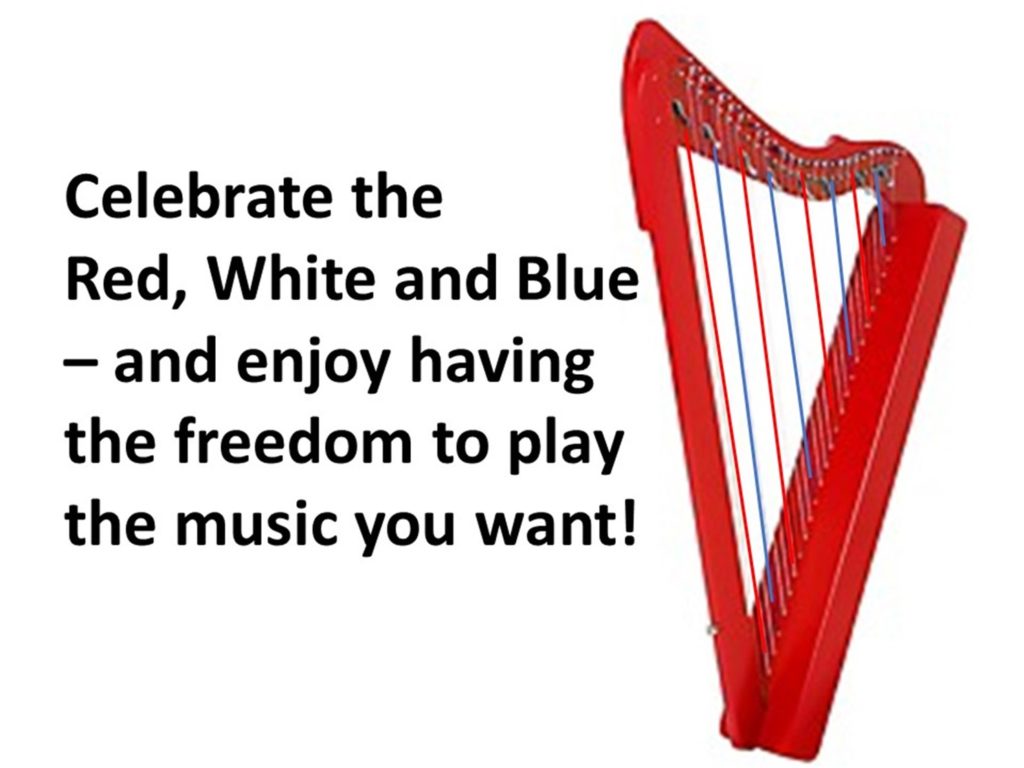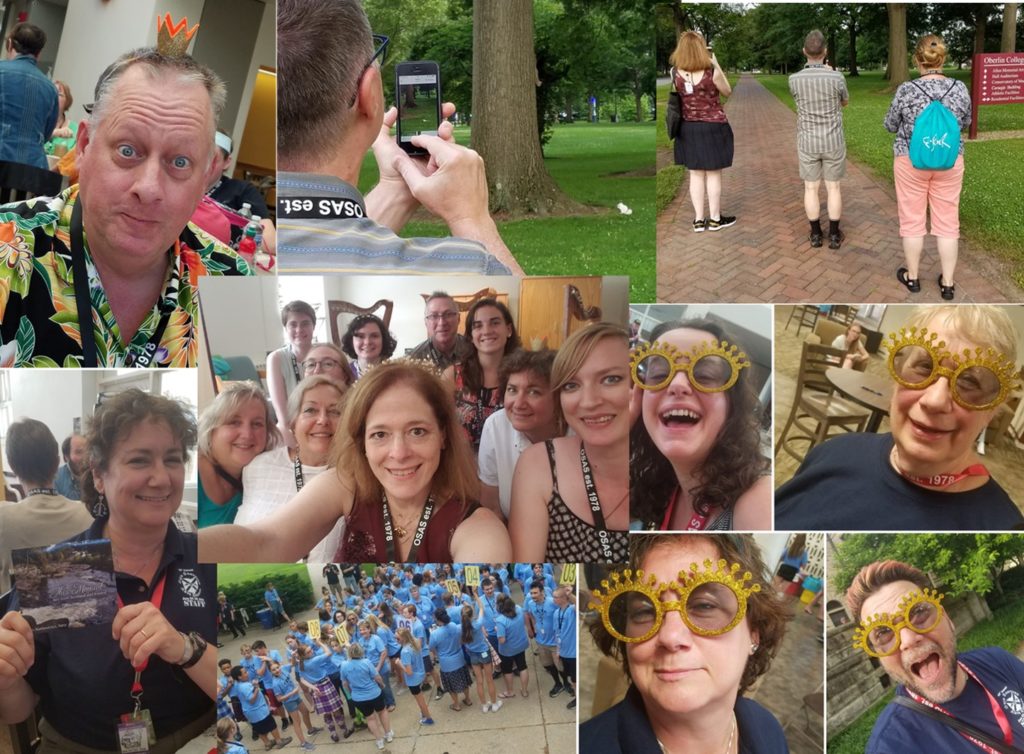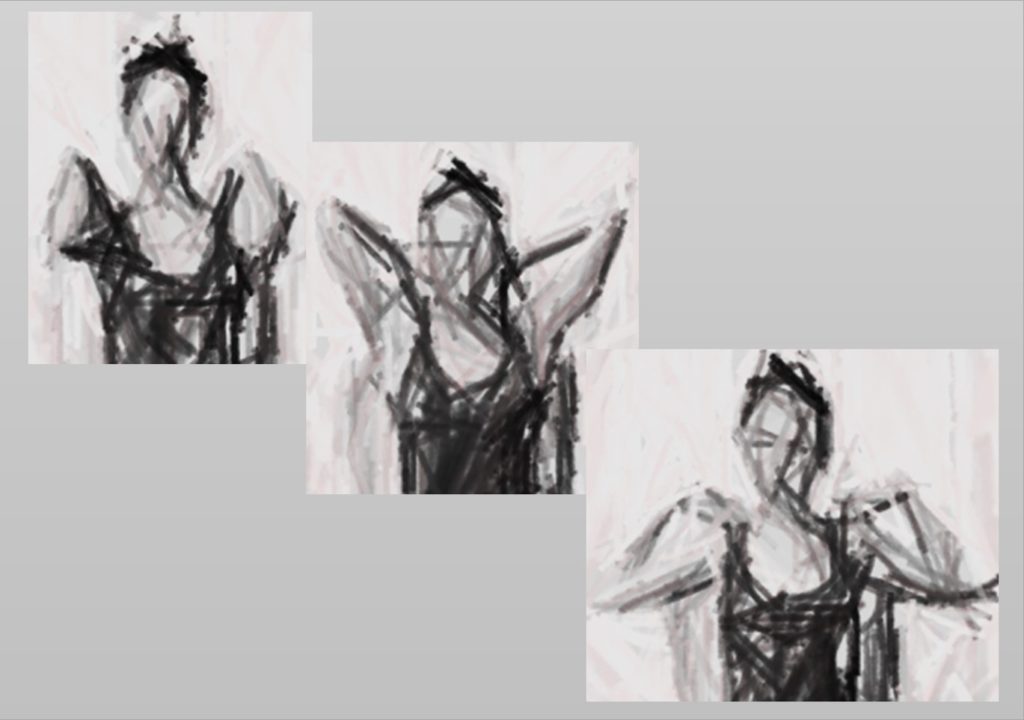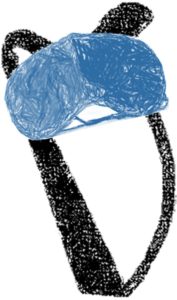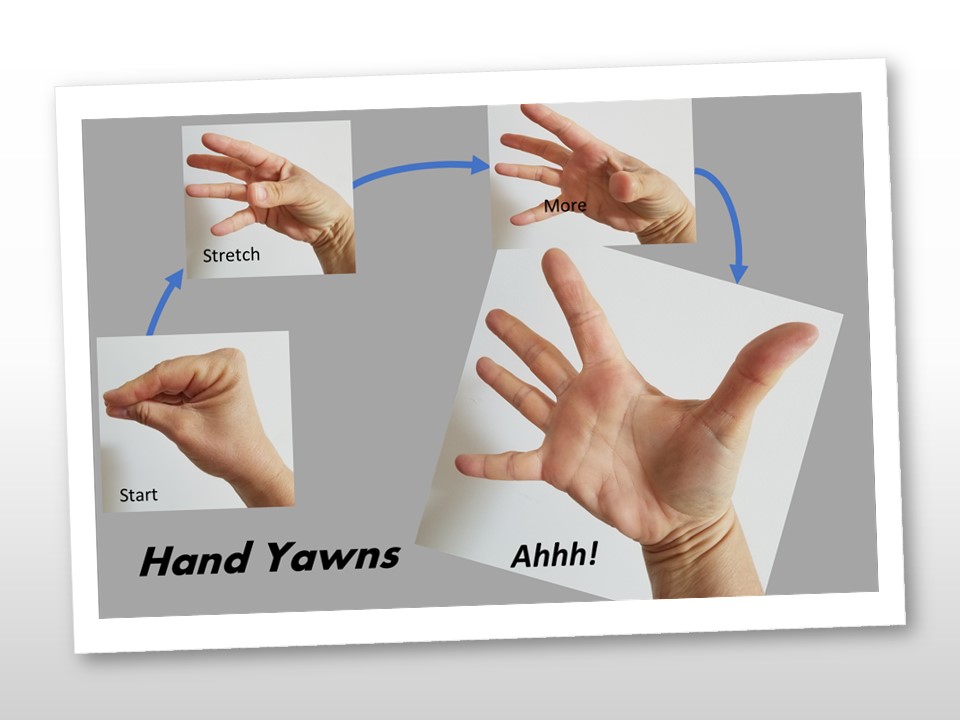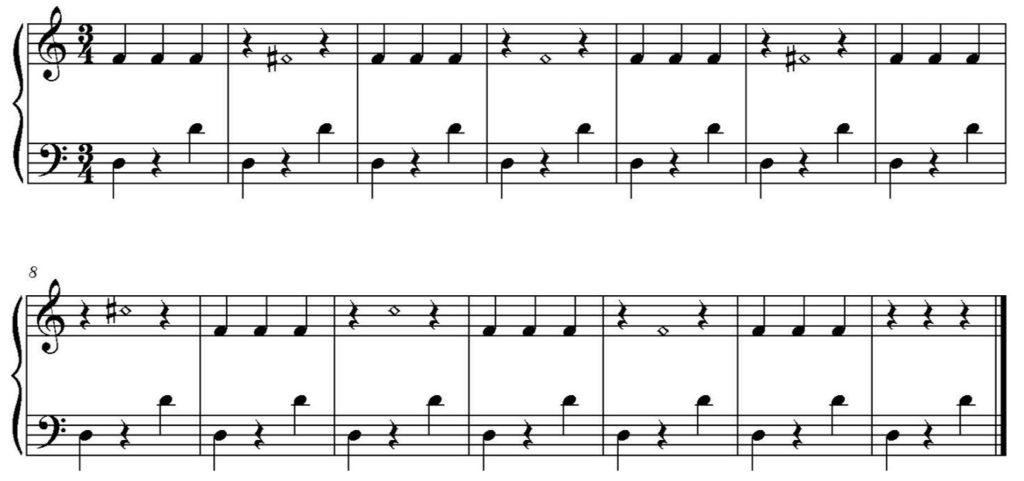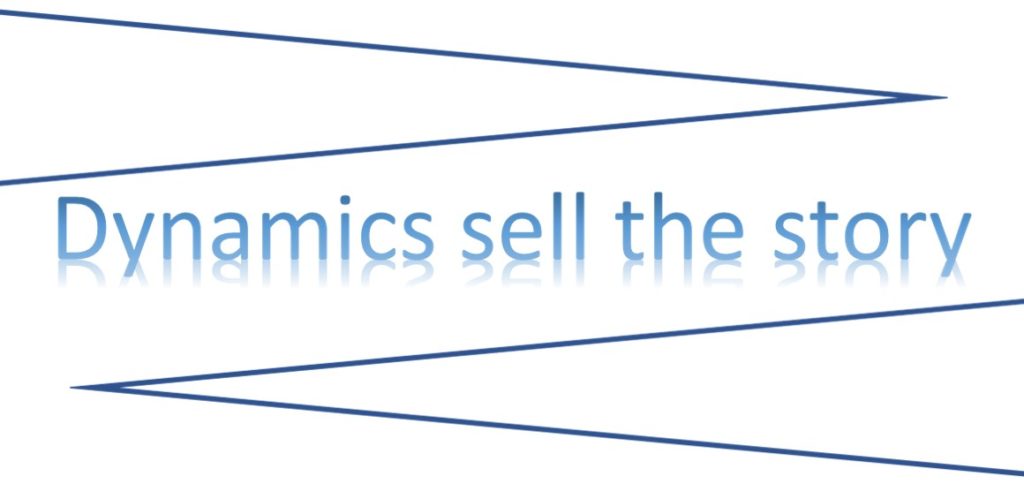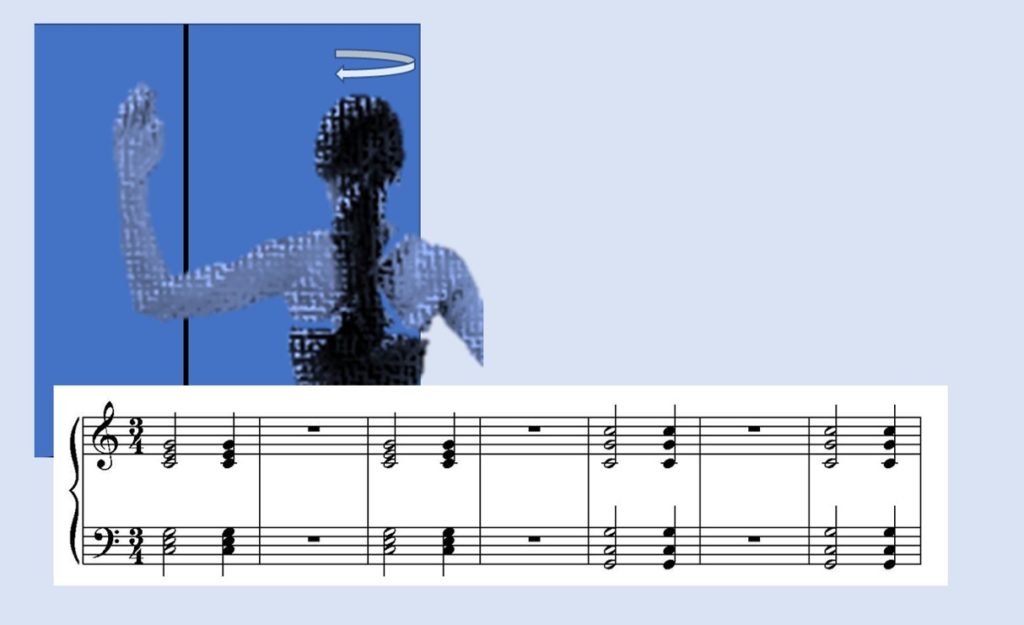It’s summer. Ok, it’s epically hot (or maybe it’s epochally hot) – after all, it is August. One might argue that it is most augustly August. One thing is for certain – it is one of those times in the year when it is challenging to get motivated to do work.
I get it. It’s a bit of a lull – school hasn’t started, the holidays are forever away (ha!), everyone is on vacation or wishing they were on vacation – and working hard just is not appealing. And these are the Dog Days of summer. Despite all this, we don’t want to our playing to stink – to smell like something left over from the Dog (days ????). So maybe take a moment for something better – take time to smell the roses.
Huh? What does smelling the roses have to do with playing the harp? Nothing. And everything!
 When it’s too hot to even think about sitting down and doing the work – maybe you need to not. Maybe it is better to take the time to smell the roses (of your harp playing) if only to remember why you even do the work. After all, if you aren’t motivated, you’re not going to get much work done anyway. And a lot of us do this for fun (even though it can be work) – so it’s important to, on occasion, remember what it is you enjoy about it.
When it’s too hot to even think about sitting down and doing the work – maybe you need to not. Maybe it is better to take the time to smell the roses (of your harp playing) if only to remember why you even do the work. After all, if you aren’t motivated, you’re not going to get much work done anyway. And a lot of us do this for fun (even though it can be work) – so it’s important to, on occasion, remember what it is you enjoy about it.
Maybe you need to give yourself a mini-vacation to beat the heat. If you do need a vacation – here are ten ways you can give yourself a little break, to take time to smell the roses here at the height of the dog days:
- Just start playing – then see what comes of it. I get it, simply getting started is difficult. Because – ugh. Even with the air conditioner on, you are facing sticking to the bench, sweating on the soundboard, having your fingers feel tacky on the strings. So, maybe, just sit down for 10 minutes. That’s quick enough to be done before the sweat starts to drip. Just feel your harp, hear the sweetness, and smell the wood….
- Rest when you need it. As I mentioned above – school will be starting, and the holidays are coming – and you’ll be inundated with life before you know it – so set this time aside to get a little rest. It will help you enjoy being at your harp to practice so much more when you’re ready to start up again.
- Make a list – so you don’t forget what you wanted to do. Especially if you are resting – that doesn’t mean you’re not thinking. Use the rest time away from the harp to think – about what you are playing, what you’d like to be playing, what skills you need to work on (really – be honest – are your arpeggios smooth and flowing? Are your glisses accurate? You know what I mean – there’s always something that needs work!). Capture that in a list so you can be focused when you are ready to buckle down after your break.
- Replan. We were very careful to not set goals this winter but you have had half the year to progress – are you on target? You can take this time to evaluate if you’re doing the things you think you need to do to make progress to get when you’d like to be.
- Indulge yourself. Yes, this could be pack it in and get a cookie. Or you could simply play what you want – play things you know well, or things you haven’t played in a while, or things that just make you smile.
- Switch it up. Switching up can take a number of forms – you could turn your practice “upside down” (do all the activities backwards – end with exercises, start with polishing). You could take your practice in 10-minute segments throughout the day. You could practice at some other time of the day than you usually do. Just do something different to help you bring fresh perspective to your playing.
- Take a walk. I know, I’m always telling you to go for a walk. So maybe actually do it this time!
- Read a book. You can learn so much away from the harp. There are prose books about the harp (have you read Tree of Strings? Or Pentacle: The Story of Carlos Salzedo and the Harp?) and about music (have you read Lies My Music Teacher Told Me?). Learning new things might help you learn your music more quickly, or better, or just bring a new feel to your playing.
- Go shopping – buy some new music! Take yourself out for a music spree. Buy some new downloads or some sheet music – having something to look forward to will be fun.
- Smell the roses – literally! Buy yourself some flowers for your harp room! Brighten up the space. Enjoy the scent and sight while you’re playing. Try to play the flowers (make an improv that reflects what you see, what you smell, how you feel). Alternately – find some while you’re out walking.
No reason to let the Dog Days of summer be the dog doo days. Smell the roses, treat yourself gently, and enjoy the time when you maybe don’t feel like playing. What other things do you do to help motivate yourself through these doldrums? I’d love to hear from you – I can always use new tips to avoid slacking.
